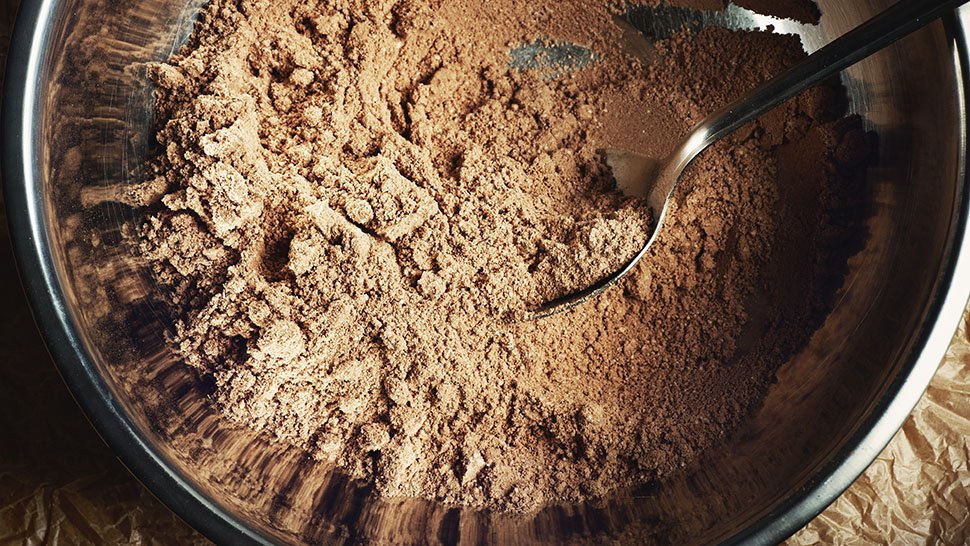The Buzz: Cricket Protein
- by bonappetit

What’s the buzz?
Bugs with benefits: Are crickets the new perfect protein?
What does the science say?
While insects are a regular part of many people’s diets around the world, in the U.S. the idea of eating bugs probably sounds, shall we say, a little foreign. In recent years, insects — and crickets in particular (called the gateway bug by some) — have made their way into the U.S. food system in the form of protein bars and powders, and flours and baking mixes. Now even whole and chocolate-dipped (yes, you read that right!) are on the market here.
It turns out that crickets are an excellent source of lean protein — approximately 55 to 70 percent protein by weight compared to around 30 percent by weight for chicken and lean cuts of beef. Cricket flour, for example, has about 80 calories and 10 grams of protein per 2 tablespoons. Not only that, but they also provide iron, vitamins, and minerals. Also a complete protein, crickets are appealing for athletes as a recovery tool.
In case you need more persuading, crickets are also being touted as more sustainable than other animal protein sources. In 2013, the United Nations published a report suggesting that insects could play a role in feeding the growing world population. Compared to beef, crickets need a fraction of the water while they’re being raised and produce a minimal amount of greenhouse gases, making them much more environmentally friendly than other animal protein sources. Research by the Food and Agriculture Organization supports the idea that eating more crickets could reduce agricultural land use. However, one recent study calls into question the validity of the claim that feeding crickets requires fewer resources like grain, so producing crickets for consumption may not be quite as efficient as once thought.
Insects are considered as generally recognized as safe (GRAS) by the Food and Drug Administration. That said, those with a shellfish allergy may want to avoid them as they are arthropods (like shrimp).
Ready to jump in? Cricket flour can be added as a boost to a smoothie or used as a supplement for some of the flour in baked items, according to one producer.
What’s the takeaway?
Don’t be surprised if you continue to see more cricket (and other insect) products popping up on grocery store shelves, mostly in protein bars or packaged items. If you’re new to eating insects (which for many Americans feels foreign) the idea of trying out crickets may be a bit hard to swallow. But if you can get past the ick factor, crickets (and possibly other insects) may be a sustainable protein source that could replace some of the meat in your diet. Do think twice before scavenging them in your backyard! You don’t know what pesticides they may have been exposed to. Instead buy them from a reputable source, and look for any unknown additives in the ingredients list (other than, you know, cricket flour).